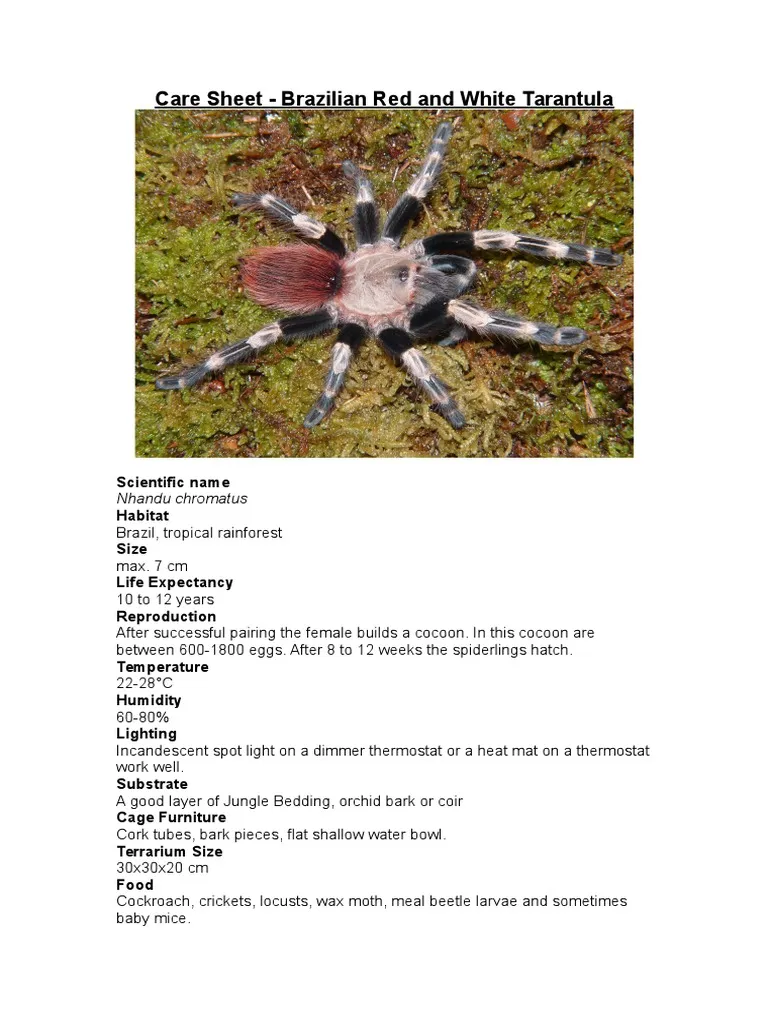Brazilian Blue Tarantula Care Sheet Top 5 Tips
The Brazilian Blue Tarantula (Pterinopelma sazimai) is a stunning and captivating species, known for its vibrant blue coloration. Native to Brazil, these tarantulas are relatively docile and can make rewarding pets for experienced arachnid keepers. However, like all tarantulas, they have specific care requirements that must be met to ensure their health and well-being. This care sheet provides essential information on housing, feeding, and overall care to help you provide the best possible environment for your Brazilian Blue Tarantula, ensuring it thrives in your care. Understanding these requirements is critical for anyone considering or already owning this beautiful species.
Choosing the Right Enclosure
Selecting the appropriate enclosure is the first and most crucial step in Brazilian Blue Tarantula care. The enclosure needs to provide a secure, comfortable, and stimulating environment that mimics their natural habitat as closely as possible. This involves considering factors like size, material, ventilation, and security. A well-chosen enclosure not only ensures the tarantula’s physical safety but also contributes significantly to its overall health and happiness. Investing time in choosing the right enclosure from the beginning will save you both time and potential problems in the long run.
Enclosure Size and Material
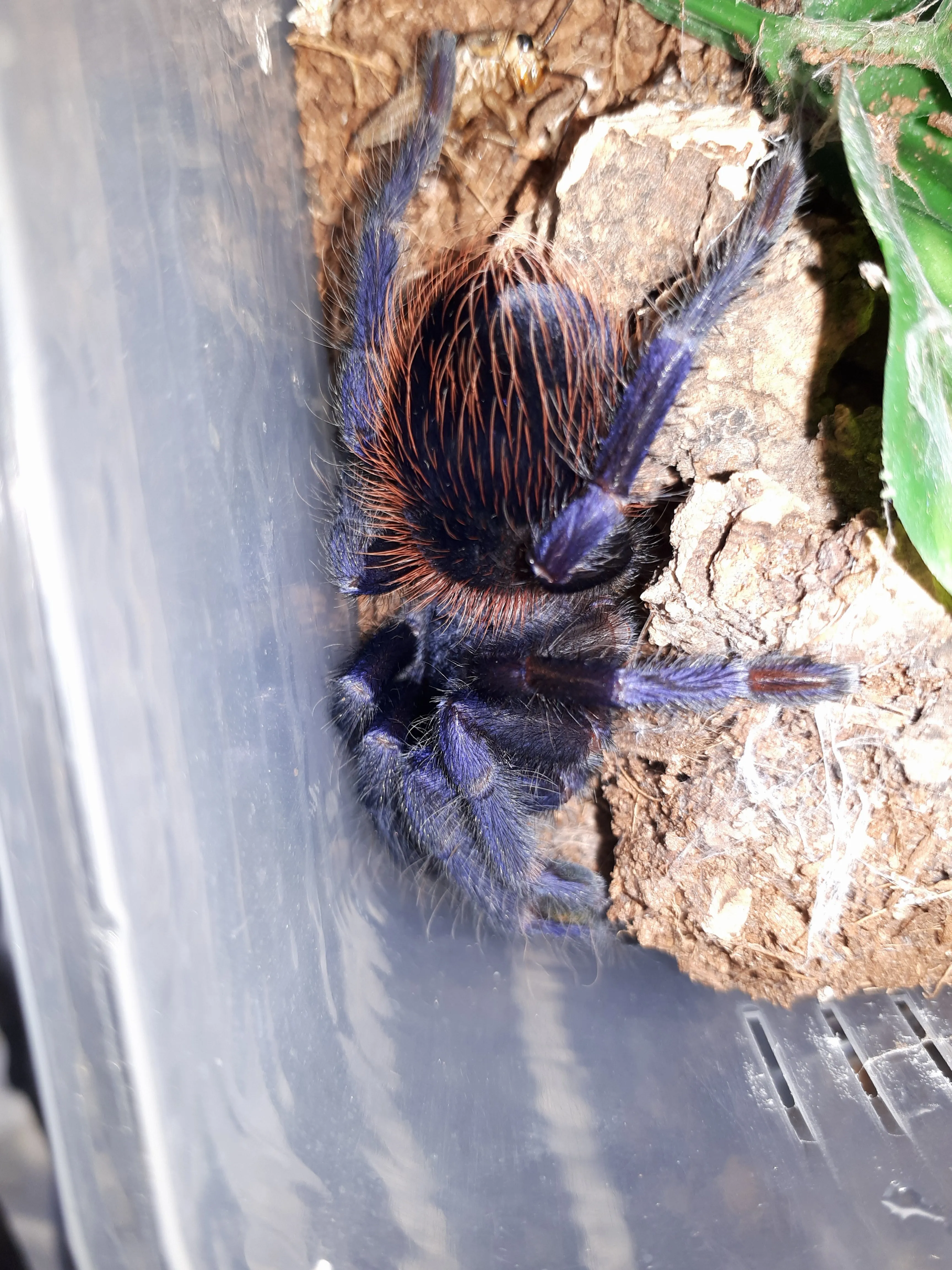
The size of the enclosure should be proportionate to the tarantula’s size. A general guideline is to provide an enclosure that is at least three times the tarantula’s leg span in width. For a mature adult Brazilian Blue Tarantula, a 10-gallon tank or a similarly sized enclosure is usually sufficient. The material of the enclosure can vary; glass or acrylic tanks are popular choices. Glass provides excellent visibility, while acrylic is lighter and less prone to shattering. Both materials offer good insulation and are easy to clean. However, make sure the enclosure is escape-proof, with a secure lid to prevent accidental escapes, as these tarantulas can be surprisingly quick. Consider the eventual size of your tarantula when choosing.
Ventilation and Security
Adequate ventilation is vital to prevent the buildup of mold and bacteria in the enclosure. Ensure that the enclosure has sufficient ventilation holes, preferably located on the sides and top, to allow for proper airflow. Avoid enclosures with poorly ventilated lids, as this can lead to stagnant air and create an unhealthy environment. Security is also paramount. Tarantulas are skilled escape artists, and a secure enclosure is essential to prevent escapes. The lid should fit snugly, and the enclosure itself should be free of any gaps or openings that the tarantula could exploit. Regular checks of the enclosure for any potential escape routes are a good habit to develop.
Creating the Ideal Habitat
Creating the ideal habitat for your Brazilian Blue Tarantula involves mimicking its natural environment as closely as possible. This means paying close attention to substrate, hiding places, temperature, and humidity. A well-designed habitat not only provides the essential needs of the tarantula but also contributes to its overall well-being, allowing it to exhibit its natural behaviors. Creating a suitable habitat is a key element in successful tarantula care. It is really important to understand the needs of your pet in order to have a happy and healthy one.
Substrate and Hiding Places
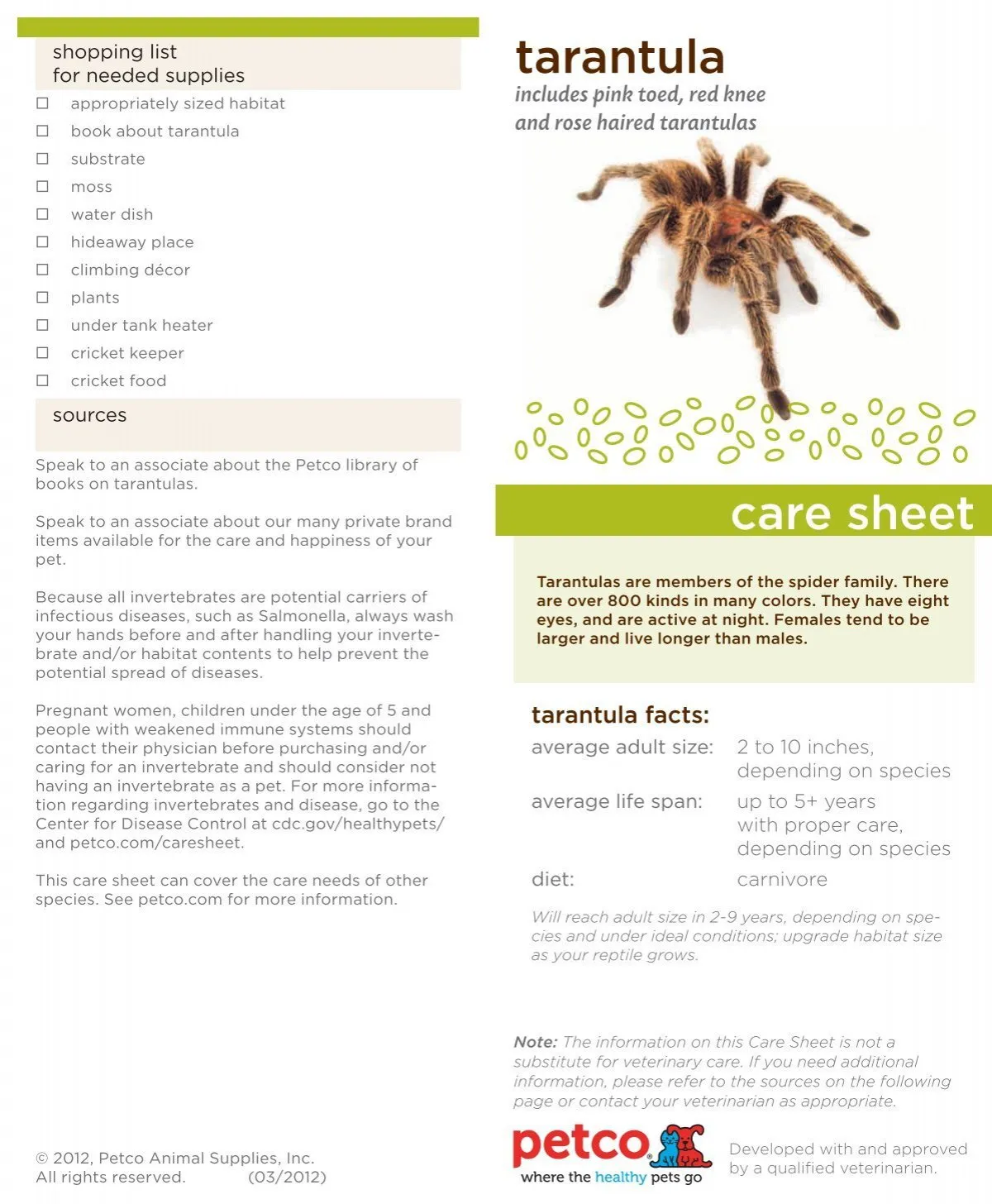
The substrate should be several inches deep to allow the tarantula to burrow if it chooses. A mix of peat moss, coconut fiber, and a small amount of vermiculite is ideal, as it retains moisture well while still allowing for proper drainage. Avoid using sand or gravel, as these materials can be difficult to burrow in and can be abrasive. Provide a suitable hiding place, such as a piece of cork bark or a hollow log, where the tarantula can retreat to feel secure. This is especially important during molting. Decorate the enclosure with a few live or artificial plants to create a more natural environment and provide additional security.
Temperature and Humidity
Maintaining the correct temperature and humidity levels is crucial for the tarantula’s health. Brazilian Blue Tarantulas thrive in temperatures between 75-80°F (24-27°C). Use a heat mat placed on the side of the enclosure, not underneath, to provide gentle heat. Avoid using heat lamps, as they can dry out the enclosure. Humidity levels should be maintained between 60-70%. You can achieve this by misting the enclosure with dechlorinated water a few times a week, depending on the ventilation and the type of substrate. Use a hygrometer to monitor humidity levels accurately, and adjust your misting schedule as needed. Proper temperature and humidity ensure successful molting.
Feeding Your Brazilian Blue Tarantula
Proper feeding is essential for the health and growth of your Brazilian Blue Tarantula. They are voracious eaters and require a diet that is rich in nutrients and easily digestible. This involves choosing the right food, determining the appropriate feeding frequency, and ensuring the tarantula has access to water. A well-fed tarantula is a healthy tarantula, and understanding their dietary requirements is key to successful tarantula keeping. It can be exciting to watch them hunt and feed, but overfeeding should be avoided.
Appropriate Food Choices
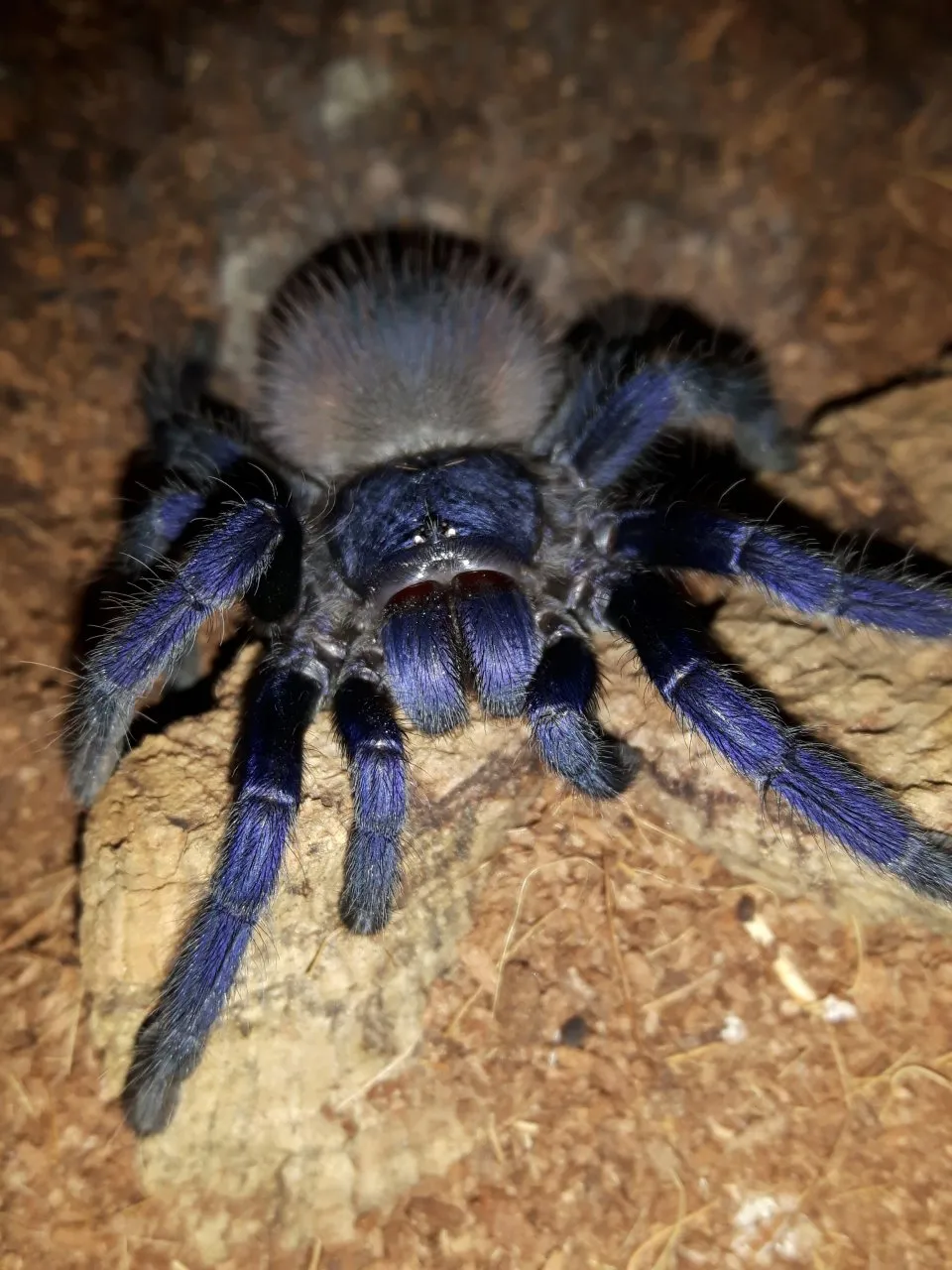
Brazilian Blue Tarantulas are insectivores and feed primarily on insects. Suitable food choices include crickets, mealworms, dubia roaches, and other commercially available insects. The insects should be gut-loaded with nutritious food, such as vegetables and commercial insect food, for at least 24 hours before feeding them to your tarantula. This ensures that the tarantula receives a balanced diet. Avoid feeding wild-caught insects, as they may carry parasites or pesticides that could harm your tarantula. Variety in the diet is also beneficial, so consider offering different types of insects to provide a range of nutrients.
Feeding Frequency and Schedule
The feeding frequency depends on the tarantula’s age and size. Spiderlings should be fed every other day, while juveniles and adults can be fed once or twice a week. Observe your tarantula’s feeding behavior to determine the right amount of food. If the tarantula consistently refuses food, it may be about to molt, or the enclosure might be too cold. Remove any uneaten insects after 24 hours to prevent them from stressing the tarantula. Always offer food items that are no larger than the tarantula’s abdomen. Overfeeding can lead to health problems, so it’s better to err on the side of caution.
Water and Hydration
Providing fresh water is crucial for your tarantula’s hydration. Use a shallow water dish, such as a bottle cap or a small, easily accessible dish, and fill it with fresh, dechlorinated water. The water should be replaced every few days to prevent the growth of bacteria. In addition to a water dish, you can also mist the enclosure with water a few times a week, especially during molting. This helps to maintain the humidity levels and provides the tarantula with additional opportunities to hydrate. Always monitor the water dish and refill it when necessary to ensure your tarantula has constant access to water.
Handling and Interaction

While Brazilian Blue Tarantulas are generally docile, handling them is not always recommended, especially for novice keepers. These tarantulas can be skittish, and handling them can pose a risk of dropping the tarantula, leading to injury or even death. It’s best to prioritize the tarantula’s well-being by minimizing unnecessary handling. However, understanding how to handle them safely is important in certain situations, such as enclosure maintenance or health checks.
When to Handle
Generally, handling should be avoided unless absolutely necessary. Situations where handling might be required include enclosure cleaning, health checks, or relocating the tarantula. If handling is unavoidable, it’s best to do so when the tarantula is calm and not in a vulnerable state, such as after a molt or during feeding. Avoid handling a tarantula that seems agitated or defensive. The best way to interact with your tarantula is by observing its behavior and providing a suitable environment. This helps avoid undue stress on the animal.
Safe Handling Practices
If you must handle your Brazilian Blue Tarantula, do so with extreme caution. Always wash your hands thoroughly before and after handling to prevent the transfer of oils or chemicals. Approach the tarantula slowly and gently, and avoid sudden movements that could startle it. Use a soft, wide surface to encourage the tarantula to walk onto, rather than trying to pick it up. Keep your hands close to the ground to minimize the distance the tarantula could fall if it startles. If the tarantula moves rapidly or displays defensive behavior, gently place it back in its enclosure and try again later. Always prioritize the safety of both yourself and the tarantula during handling.
Potential Health Issues
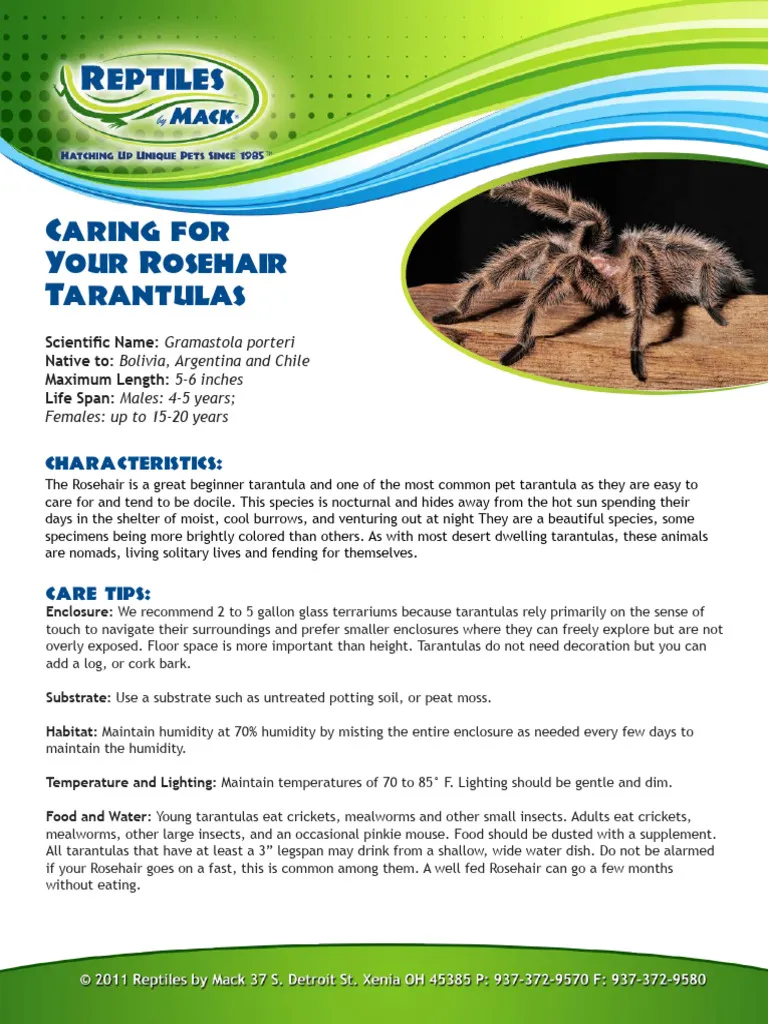
Like all living creatures, Brazilian Blue Tarantulas can be susceptible to certain health issues. Recognizing the common signs of illness and understanding preventative measures are essential for responsible tarantula care. By being vigilant and proactive, you can minimize the risk of your tarantula developing health problems and ensure it lives a long and healthy life. Early detection and intervention are crucial for the successful treatment of any health issues. Always consult with a veterinarian specializing in exotic pets if you suspect your tarantula is unwell.
Common Illnesses and Prevention
Some common health issues in Brazilian Blue Tarantulas include fungal infections, mites, and parasites. Fungal infections can occur if the enclosure is too humid or poorly ventilated. Prevent this by ensuring adequate ventilation and maintaining proper humidity levels. Mites can infest tarantulas and can be introduced through contaminated substrate or live insects. Quarantine new tarantulas and inspect them for mites before introducing them to your collection. Feed your tarantula a varied, nutritious diet and provide a clean and well-maintained enclosure to bolster its immune system. Always practice good hygiene when handling your tarantula and its enclosure.
Recognizing Signs of Distress
It’s important to be able to recognize the signs of distress in your Brazilian Blue Tarantula. These can include lethargy, loss of appetite, changes in posture, and unusual behavior. If your tarantula is consistently refusing food, spending excessive time in one corner of the enclosure, or exhibiting tremors or uncoordinated movements, it may be ill. Observe its behavior closely and compare it to its normal routine. If you notice any unusual symptoms, carefully examine the enclosure to ensure that the environmental conditions are optimal. Seek advice from an experienced tarantula keeper or a veterinarian specializing in exotic pets if you are concerned about your tarantula’s health.
In conclusion, providing excellent care for a Brazilian Blue Tarantula involves creating an appropriate habitat, feeding it a balanced diet, and handling it with caution. Understanding the potential health issues and recognizing signs of distress are also crucial for the tarantula’s well-being. By following these guidelines and continuously learning, you can enjoy the rewarding experience of keeping these beautiful creatures and ensure they thrive in your care. Remember that responsible pet ownership requires dedication and a commitment to providing the best possible environment for your tarantula.
